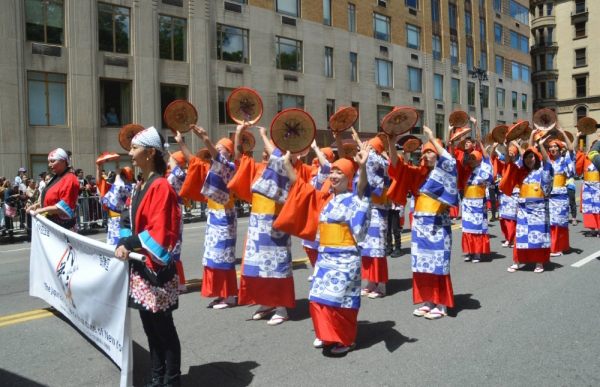Japan is currently grappling with a unique housing crisis, epitomised by the presence of millions of uninhabited homes known as “akiya” scattered throughout the nation. These akiya, estimated to number around nine million, represent a substantial portion of the total housing inventory in the country, yet the quest for residential accommodation in bustling metropolises like Tokyo remains a formidable challenge. This paradoxical scenario is chiefly born from a complex interplay of demographic shifts and economic dynamics, creating a conundrum for policymakers and citizens alike.
The demographic landscape of Japan is undergoing swift transformation, marked by a noticeable decline in population, particularly in rural locales. The exodus of young individuals to urban centre in pursuit of employment and prospects has left rural communities depleted, with diminishing populations and a diminishing demand for housing in these areas. This migration trend has further exacerbated the akiya crisis, casting a shadow on the sustainability of rural living.
Moreover, akiya conundrum is exacerbated by intricacies in inheritance laws prevalent in Japan. Upon the demise of a property owner, the division of inheritance among multiple successors can pose a significant challenge. The upkeep and potential refurbishment expenses attached to an akiya may emerge as a financial encumbrance, dissuading inheritors from assuming ownership and ultimately leaving these properties abandoned and subject to gradual deterioration.
The ramifications of the akiya quandary encompass a spectrum of issues. These derelict structures not only mar the visual appeal of neighbourhoods, potentially impacting safety, but also serve as breeding grounds for pests and rodents. Economically, the presence of akiya symbolises a lost opportunity in addressing the housing needs of an expanding urban populace, posing a critical challenge to Japan’s socio-economic framework.
In response to this pressing dilemma, the Japanese government has rolled out a series of policies aimed at tackling the akiya crisis. These initiatives encompass incentives for demolition and renovation, along with endeavours to streamline the inheritance processes. Additionally, programs have been initiated to promote the utilisation of akiya for tourism endeavours or community ventures, seeking to repurpose these idle structures for the greater good.
Despite these concerted efforts, the tide of uninhabited homes shows no signs of receding entirely. Experts advocate for a comprehensive strategy that incorporates further financial inducements and enhanced infrastructure development in rural settings to render them more appealing to the younger demographic.
In essence, akiya constitute a poignant reflection of Japan’s demographic hurdles. The ability to breathe vitality into these vacant homes resonates as a pivotal juncture for the country, with far-reaching implications on its societal fabric and economic trajectory in the years ahead.
New source: https://www.theguardian.com/world/2024/may/01/akyia-houses-why-japan-has-nine-million-empty-homes










